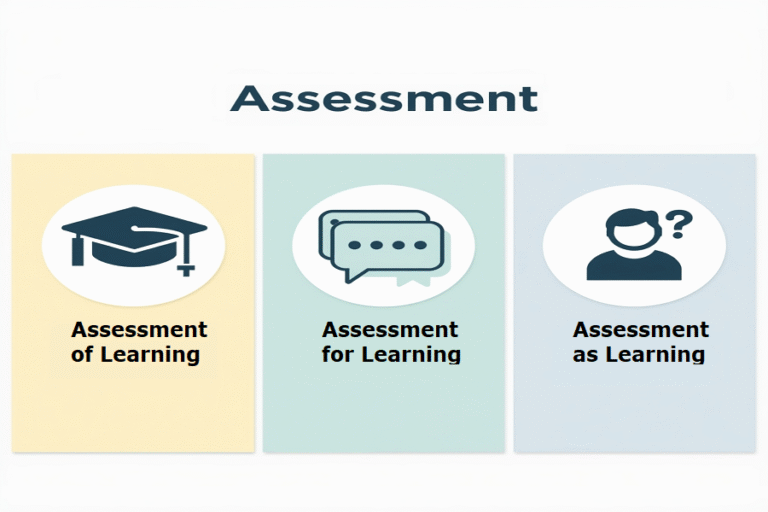
Teaching Business English presents special challenges beyond general English instruction. Many teachers find themselves struggling with issues that are unique to business contexts: mixed proficiency, relevance of content, motivation, specialized vocabulary, and others.
In this article, I examine the Challenges in Teaching Business English, identify the main challenges, and suggest practical, tested solutions.
What Are the Major Challenges in Teaching Business English?
Here are the 10 major Challenges in Teaching Business English often reported by Business English teachers, drawn from recent studies and professional advice.
1. Low General English Proficiency Among Learners
Teachers frequently report that students lack a solid foundation in general English (grammar, vocabulary, pronunciation), which makes it hard to move on to business-specific tasks.
2. Lack of Business English Content Knowledge
Teachers sometimes do not have sufficient knowledge of the business domain (industries, jargon, and business communication practices) to design authentic and effective lessons.
3. Inadequate Business English Teaching Materials and Textbooks
There is often a shortage of appropriate teaching materials that match learners’ levels, contexts, or industry needs. Generic business English textbooks may not align with what learners actually need.
4. Mixed Levels in a Single Class
Business English classes often combine learners from different proficiency levels, business roles, or with various communication tasks, making lesson planning and teaching much more challenging.
5. Learner Motivation, Time Constraints, and Mindset Issues
Many adult learners in business settings have competing priorities (jobs, meetings, deadlines) and limited time, making it hard for them to commit, practice, and sustain motivation. Also, switching from “business mindset” to “student mindset” is often challenging.
6. Vocabulary and Jargon Overload
Business English involves lots of domain-specific vocabulary, idioms, and jargon, which may be unfamiliar; learners may struggle to understand texts or speak fluently because of this.
7. Lack of Teacher Training Specific to Business English
Some teachers have training in general English but haven’t had specialized training in Business English teaching methods, assessment, or material design.
8. Authentic Business Context and Real-Life Tasks
Incorporating real business tasks (meetings, emails, negotiations, presentations) and ensuring authenticity can be difficult due to a lack of access, unfamiliarity, or standardized curricula that do not accommodate these.
9. Assessment and Feedback Issues
Measuring learners’ progress in business communication skills, especially speaking, writing, or negotiation, is challenging. Feedback must be precise, meaningful, and reflect real business standards, which teachers may find difficult. (While not always explicitly identified in every study, this is implied by problems in reading comprehension and general proficiency issues.)
10. Cultural Differences and Communication Style
Business English isn’t just grammar and vocabulary—it involves norms, styles, expectations, and cultural dimensions (politeness, directness, formality) which may differ among learners from different backgrounds. Misalignment here can reduce learners’ confidence or effectiveness.
My Suggested Solutions for the above Challenges in Teaching Business English
Below is a link to my booklet that includes the practical solutions corresponding to each challenge above. My suggested solutions are drawn from research findings and teacher best practices.
Click below to download the booklet for FREE. By downloading it, you agree to join our Business English Community, where you will receive notifications about the latest articles and materials on our website.
Teaching Business English – Challenges & Solutions



